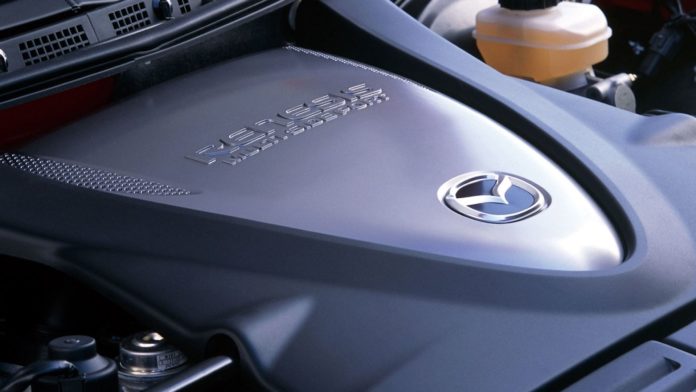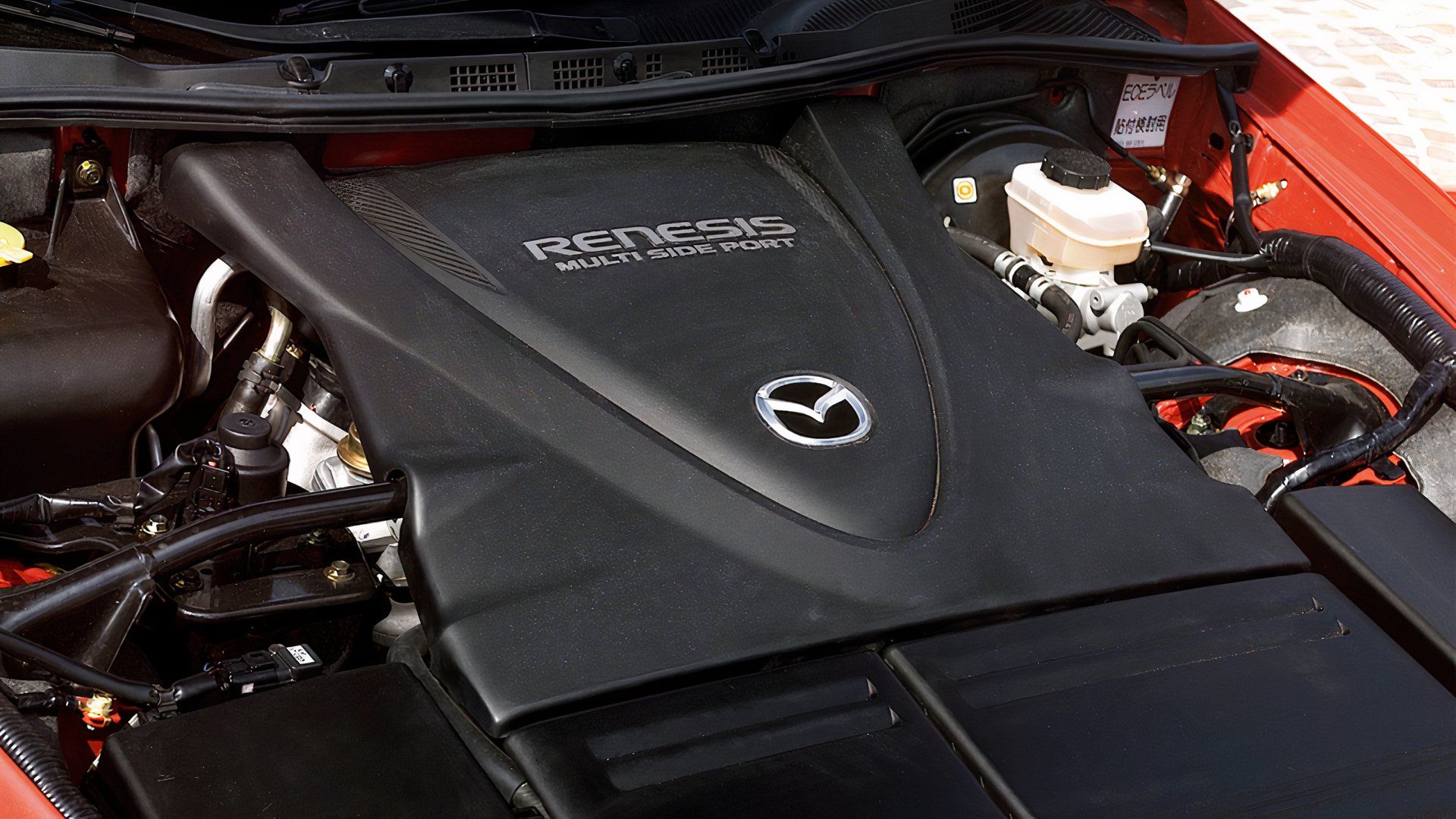Internal combustion engines have long been at the heart of automobiles, serving as their main driving force over the decades. Traditionally, combustion engines rely on a configuration of cylinders and pistons to convert fuel into motion. Engine development has seen remarkable advancements, from simple combustion systems to complex turbocharged and hybrid power plants, with each iteration striving to improve upon the last.
Available Models
Mazda
Mazda is a Japanese automaker founded in 1920 as the Toyo Cork Kogyo Co and only started producing vehicles in 1931 when it made the Mazda-Go auto rickshaw. The Japanese automaker’s first official car arrived in May 1960 when the Mazda R360 launched, starting Mazda as we know it today, although the Mazda name was only adopted in 1984. Mazda has a rich history in motorsport, including the honor of being the only manufacturer to win the 24 Hours of Le Mans with a car not powered by a reciprocating engine.
- Founded
- January 30, 1920 (as Toyo Cork Kogyo Co)
- Founder
- Jujiro Matsuda
- Headquarters
- Hiroshima, Japan
- Owned By
- Publicly Traded
- Current CEO
- Masahiro Moro
However, not all engines conform to the standard template of cylinders and pistons. A few have dared to deviate from the norm, embracing unconventional designs. Among these, one stands out as truly unique: the Mazda Renesis rotary engine. Unlike traditional piston engines, the Renesis uses a rotary design, which proved so remarkable that it earned the prestigious International Engine of the Year Award. The story of the Renesis is of innovation, triumph, and eventual decline, leaving a significant mark on automotive history.
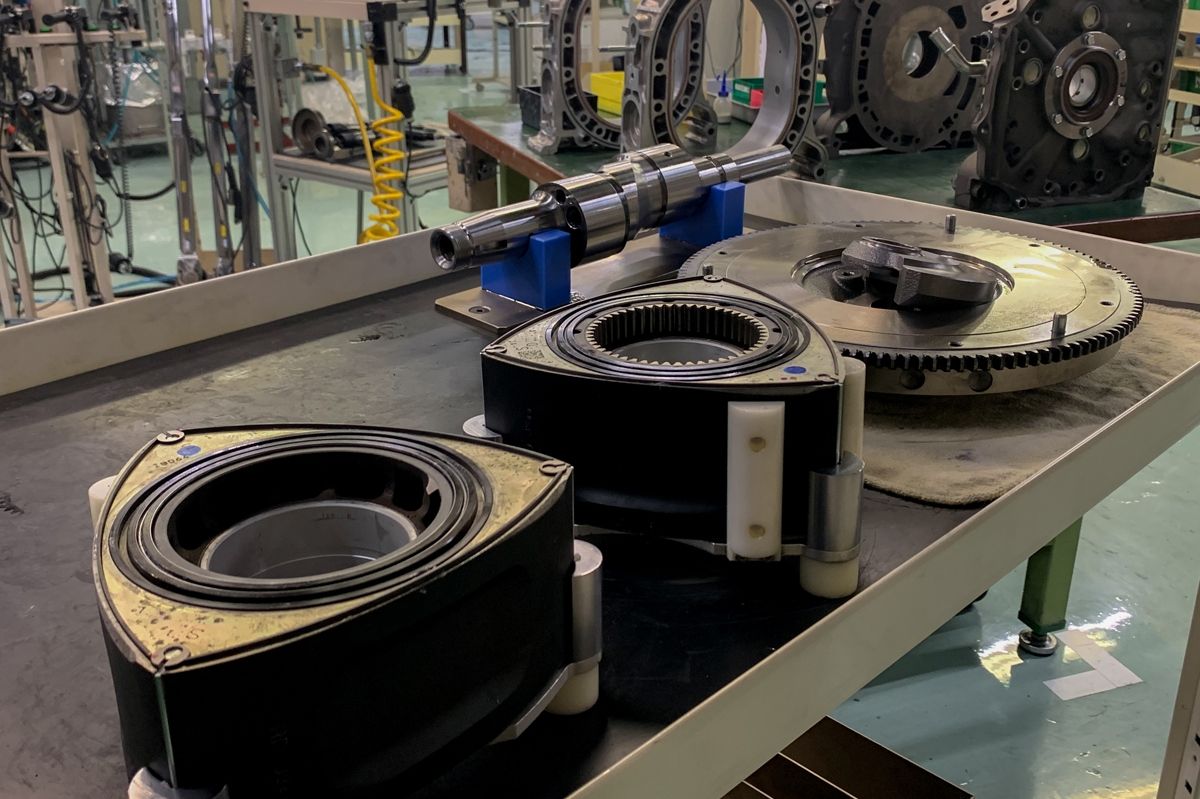
Related
Your Complete Guide To The Rotary Engine
The intricacies of the defunct Wankel rotary engine
What Is The International Engine Of The Year Award?
The International Engine of the Year Award is a prestigious accolade in the automotive industry, recognizing the best engines in various categories based on performance, fuel economy, and innovation. First introduced in 1999, the award is decided by a panel of automotive journalists from around the world, who evaluate engines based on factors such as drivability, technology, and power delivery. Over the years, many of the world’s most advanced and capable engines have received this citation, with some even receiving the award multiple times.
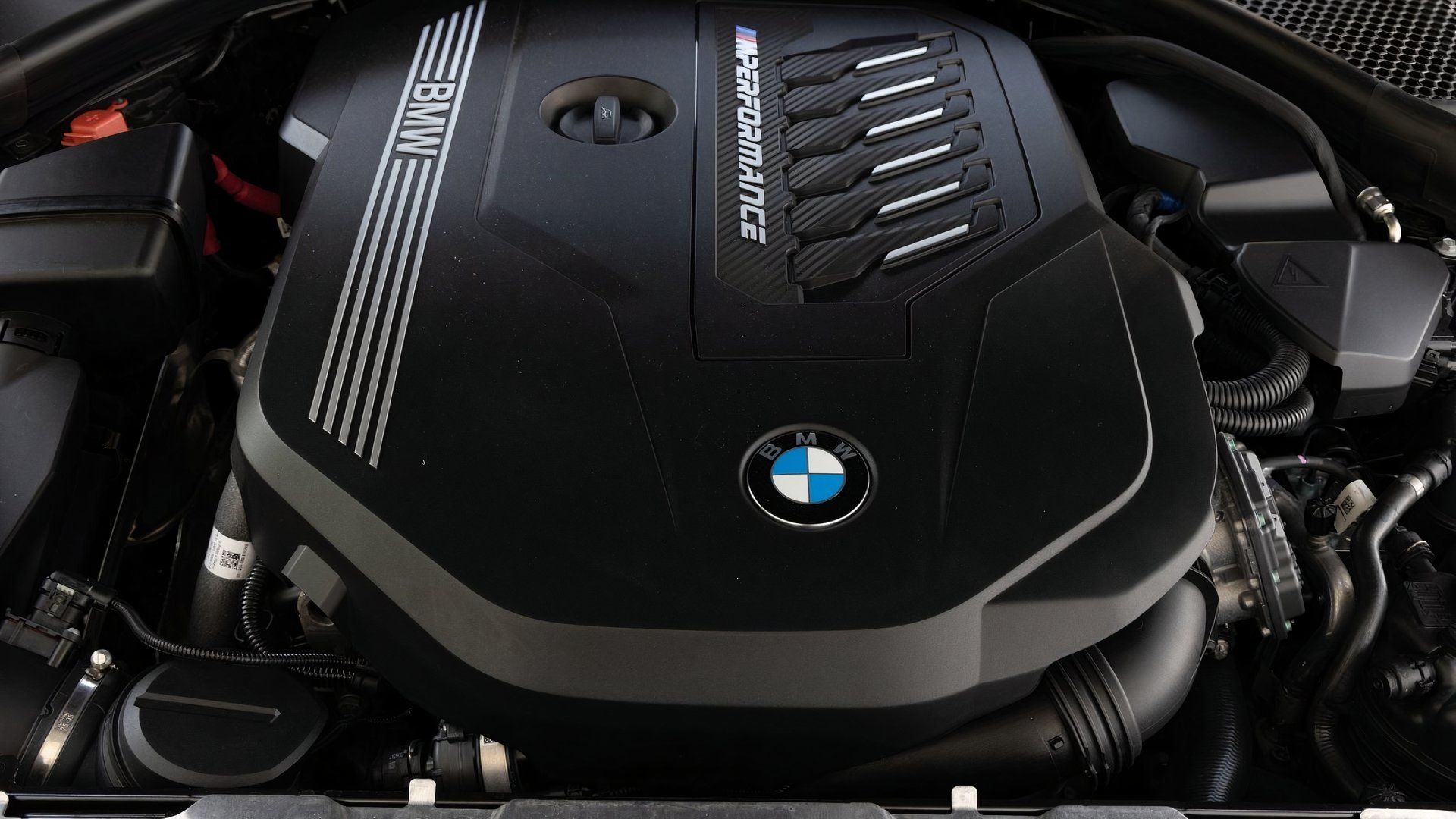
Related
10 Automakers That Won Engine Of The Year The Most Times
Only the most powerful, economical, and interesting motors make the grade. Here are the manufacturers who go the extra mile when building engines.
What made the Mazda Renesis rotary engine particularly special was that it won the award despite its unconventional design. With a low displacement of just 1.3 liters, the Renesis could outperform many larger engines in terms of power output – proof of Mazda’s engineering ingenuity and the unique characteristics of the rotary engine. It received the overall International Engine of the Year and Best New Engine accolades in 2003, and again in 2004 under the 2.5-liter to 3.0-liter category. It was also part of Ward’s 10 Best Engines in 2004 and 2005.
The Mazda Renesis Engine
The Mazda Renesis engine, or officially the 13B-MSP, is a product of decades of research and development by Mazda into rotary engine technology. The concept of the rotary engine, also known as the Wankel engine, dates back to the 1950s when German engineer Felix Wankel first designed it.
Unlike traditional engines, which use reciprocating pistons, the rotary engine employs a triangular-shaped rotor, affectionately called the Dorito, that spins within an oval housing, compressing and igniting the air-fuel mixture in a continuous cycle. This design allows for smoother operation and higher RPMs, making rotary engines particularly well-suited for performance applications.

Add CarBuzz to your Google News feed.
Mazda embraced the rotary engine concept in the 1960s, introducing it to the world in the Mazda Cosmo Sport. Over the following decades, Mazda continued to refine and develop the rotary engine, achieving notable success with models like the RX-7. However, by the late 1990s, rotary engines faced increasing challenges due to tightening emissions regulations and concerns about reliability and fuel consumption.
In response, Mazda engineers set out to create a new rotary engine that would address these issues while retaining the performance characteristics that enthusiasts loved. The result was the Renesis engine, introduced in 2003. The Renesis featured significant improvements over previous rotary engines, including a redesigned intake and exhaust system, which improved fuel efficiency and reduced emissions. The engine also benefited from Mazda’s extensive experience with rotary technology.
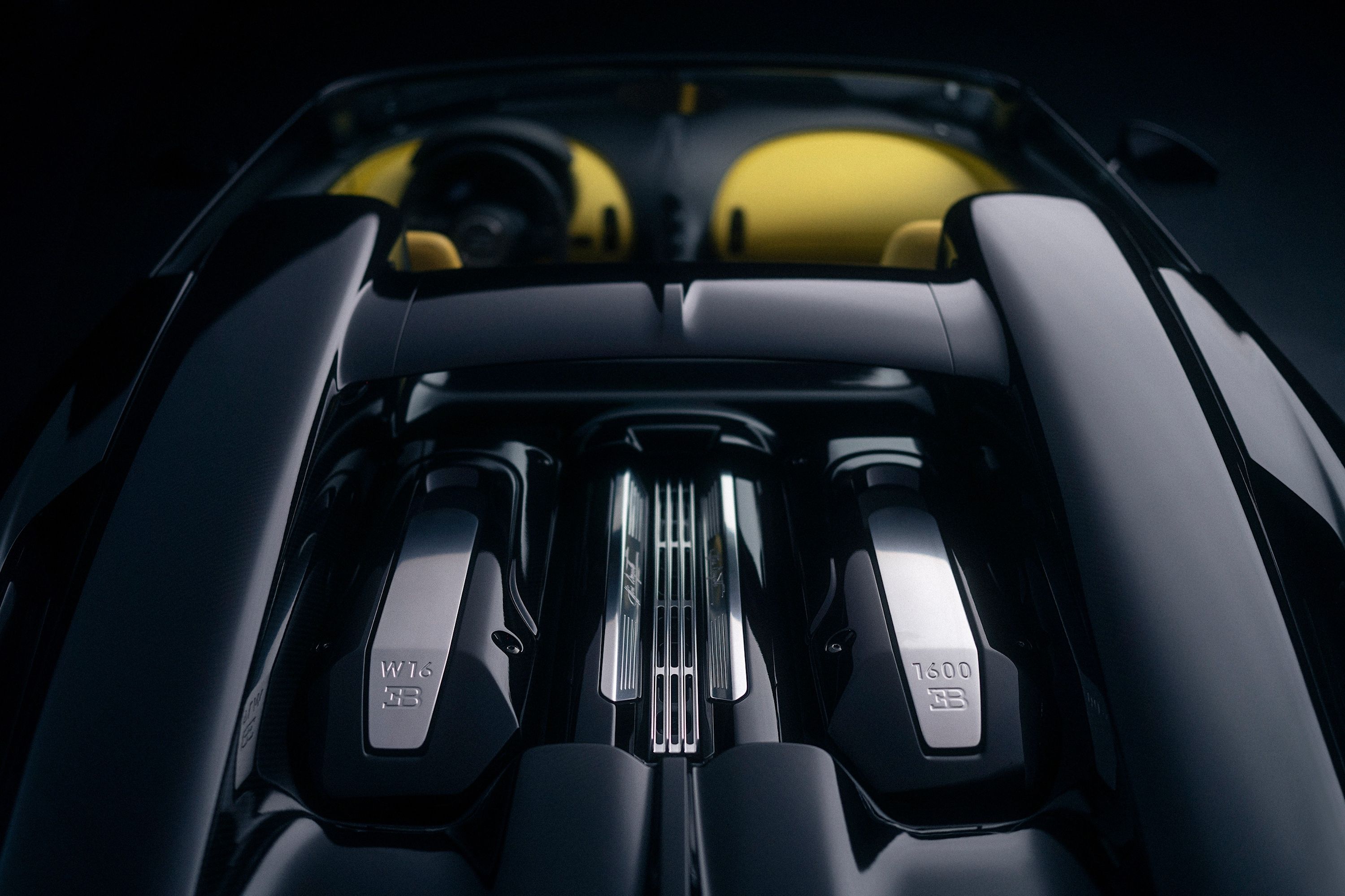
Related
6 Unique Engine Configurations Only Made By One Automaker
Some engine configurations are not just rare; they’re only made by a single manufacturer.
The Last Rotary Sports Car
The Mazda RX-8 used the Renesis rotary engine. Launched in 2003 for the 2004 model year, the RX-8 was a successor to the legendary RX-7 and served as a showcase for Mazda’s latest rotary technology. The RX-8 featured a unique design with rear-hinged “suicide” doors, a 2+2 seating configuration, and a lightweight chassis that emphasized driving dynamics.
Under the hood, the RX-8 was powered by the Renesis engine, which delivered up to 238 horsepower at a screaming 8,500 RPM – a hallmark of the rotary engine, providing the RX-8 with a distinct character and driving experience. The engine’s compact size also allowed for a lower center of gravity and balanced weight distribution, further enhancing the car’s handling.
The RX-8 received praise for its performance, styling, and innovative engineering. It was a car that embodied Mazda’s “Zoom-Zoom” philosophy, offering a thrilling driving experience that few rivals could match. However, the RX-8’s success was tempered by the challenges inherent to the rotary engine, which would ultimately lead to its demise.
The Death Of The Mazda Renesis
Despite its innovations and performance capabilities, the Mazda Renesis rotary engine was not without its flaws. One of the main issues was fuel consumption. Rotary engines are inherently less fuel-efficient than traditional piston engines due to their design. The Renesis, while more efficient than previous rotary engines, still struggled to meet the increasingly stringent fuel economy and emissions standards.
Reliability was another challenge. The Renesis engine required meticulous maintenance, particularly when it came to oil consumption. Unlike piston engines, rotary engines rely on oil injection to lubricate the rotor housing, meaning that oil consumption was higher than in conventional engines. If not properly maintained, this could lead to premature wear and engine failure. Additionally, the high operating temperatures and stresses placed on the engine could result in issues such as apex seal failure, a common problem in rotary engines.
Multiple RX-8 Issues
The RX-8, despite its many virtues, also suffered from these reliability concerns. Owners reported issues with engine flooding, starting problems, and expensive repair bills, which tarnished the car’s reputation. Over time, these issues, combined with the challenges of meeting emissions standards, led Mazda to discontinue the RX-8 and, by extension, the Renesis engine.
The end of the RX-8 in 2012 marked the end of an era for Mazda and the rotary engine. While we enthusiasts mourned the loss of this unique power plant, the decision was ultimately driven by the automotive industry’s practical realities, though independent engine builders continue to create their own modern versions – sometimes to a monstrous extent.
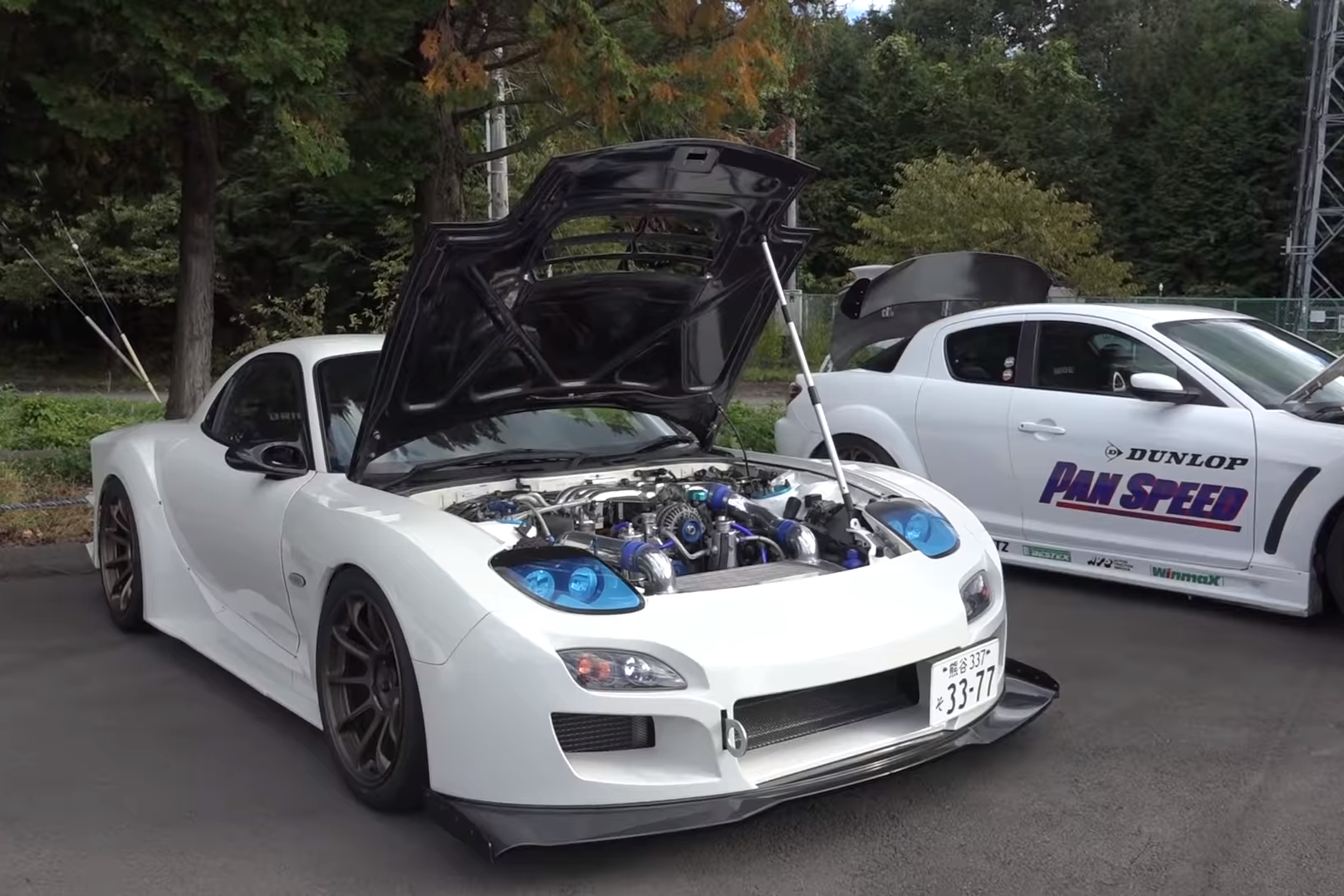
Related
Rotary-Only Meet Is One Of The Coolest Car Shows We’ve Ever Seen
There’s just so much to see.
The Modern Counterpart… Sort Of
While the Renesis rotary engine may be gone, Mazda has not completely abandoned rotary technology. In 2023, the company reintroduced the rotary engine as a range extender for its plug-in hybrid vehicles. We’re talking about the Mazda MX-30 R-EV, a compact crossover that features a rotary engine as part of its hybrid powertrain. In this application, the rotary engine does not drive the wheels directly. Instead, it serves as a generator to recharge the vehicle’s battery, extending the range of the electric motor.
This allows Mazda to capitalize on the compact size and smooth operation of the rotary engine while mitigating some of the issues that plagued its previous iterations, such as fuel consumption and emissions. Unfortunately, Mazda confirmed within the same year that the MX-30 with a rotary range extender wasn’t coming to the US, though the dream of the rotary engine’s return isn’t completely gone, with the automaker confirming recently that it’s developing new ones amid the era of electrification.
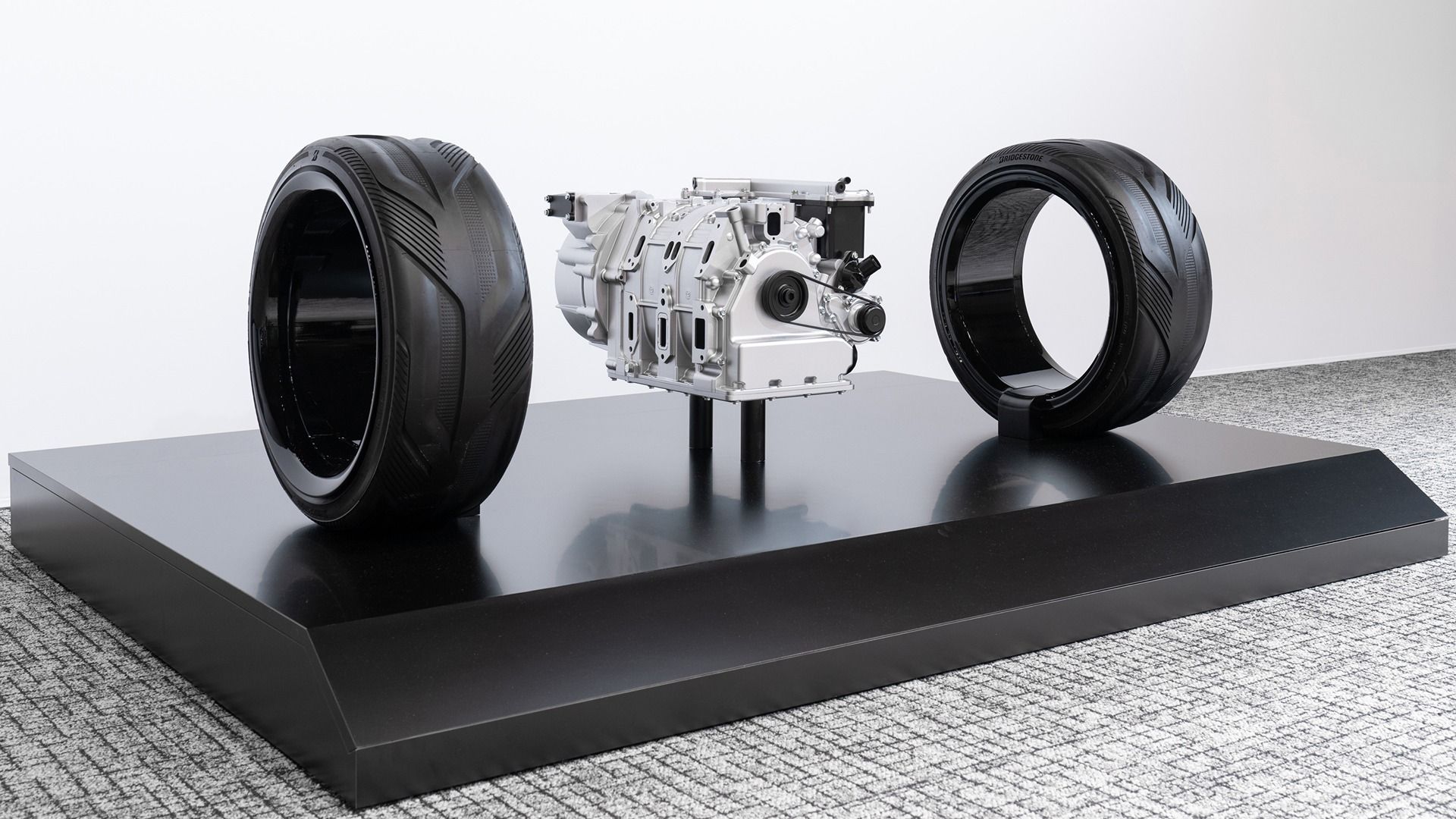
Related
Mazda Showed Off The Rotary Engine That Will Power The Iconic SP And No One Is Talking About It
Mazda will develop emissions-free combustion using rotary technology and electrification, and the twin-rotor engine is especially interesting.
Sources:
Mazda,
International Engine of the Year

